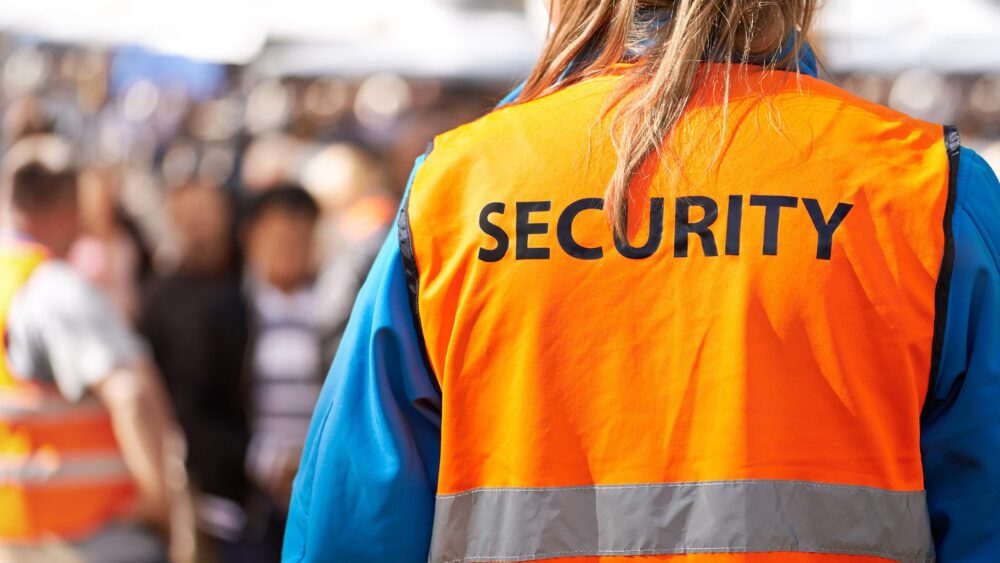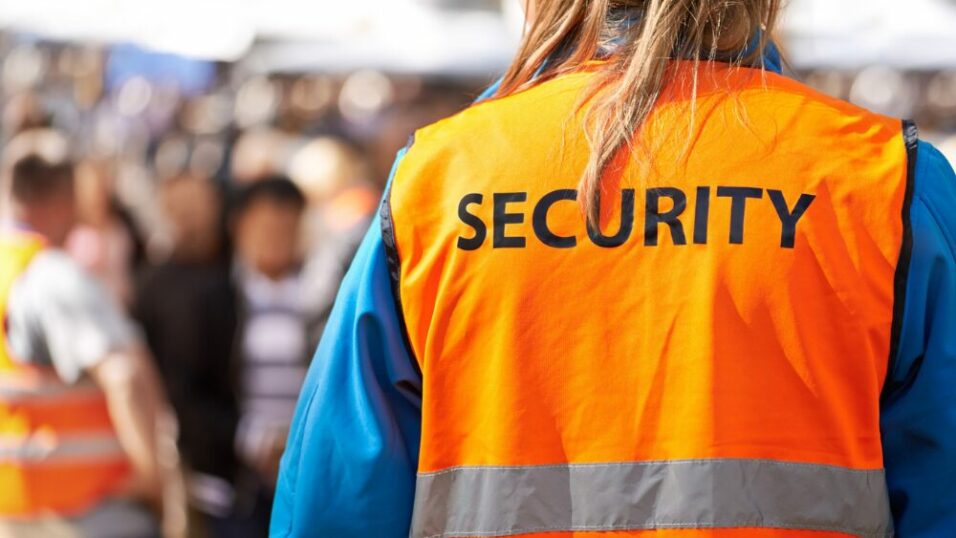



Preparing for Martyn’s Law: How Hospitality Venues Can Enhance Security
By Chubb | 14th October 2024
The security landscape for hospitality venues is on the brink of significant change with the introduction of Martyn’s Law. This proposed legislation, now undergoing Parliamentary scrutiny, stresses the importance of robust security measures as a result of increasing threats. As the law moves closer to implementation, hospitality venue owners must take proactive steps to ensure compliance and safeguard their premises.
In this blog, Chubb will explore the various facets of Martyn’s Law, detailing its implications for hospitality venues across the UK, shedding light on what the law entails, the current status of its passage through Parliament, and what actions venue owners need to take to align with these new regulations.
Additionally, we’ll demonstrate how Chubb’s SafeZone® Enterprise Solution can be a pivotal tool in not only meeting legal requirements but also in enhancing overall security. By understanding and preparing for these changes now, venue operators can ensure they are ahead of the curve, fully prepared to offer safe and secure environments for their guests and staff.
Background to Martyn’s Law
Martyn’s Law, also known as The Terrorism (Protection of Premises) Bill, is named after Martyn Hett, who was tragically killed in the 2017 Manchester Arena bombing. This proposed legislation emerged from a national call to bolster security and prevent similar tragedies, by ensuring venues accessible to the public are well-prepared to handle threats.
The recent parliamentary update provides a clear summary of the obligations laid down by this law, establishing a framework for creating safer public spaces.
A central component of Martyn’s Law is the assignment of a “responsible person,” typically the owner or operator of the venue. This individual is deemed responsible for ensuring the venue adheres to the law’s requirements. The responsibilities include adopting a proactive security culture within their venues and coordinating broadly with local law enforcement and emergency services to enhance overall safety. The focus is on setting a high standard of security readiness that becomes ingrained in the way public spaces operate.
The Current Legislative Status
Whilst Martyn’s Law is scrutinised by Parliament, it’s crucial for stakeholders in the hospitality industry to understand and prepare for the implications. A central theme in these discussions is the need for a collaborative approach between the government and the hospitality industry. This perspective is strongly advocated by industry voices such as The Caterer, who in their recent coverage emphasises the sector’s desire for cooperation rather than coercion, advocating for guidelines that are both stringent and adaptable to different venue sizes and types. The Caterer highlights the importance of dialogue in these processes, encouraging a partnership that allows for shared responsibility in security measures. Collaboration in this way will ensure that the law does not just mandate, but also supports venues in implementing effective security practices.
Moreover, The Caterer points out the potential benefits of such partnerships, including improved information sharing, access to security training resources, and government support in the implementation of advanced security technologies. By championing this approach, the industry aims to create a more resilient public space environment, ensuring that security becomes a fundamental of hospitality management, rather than an afterthought. This alignment is crucial as it ensures the law’s sustainability and efficacy in protecting both guests and staff in the long term.
Implications for Hospitality Venues
With Martyn’s Law poised to transform how security is managed within hospitality venues, the need for early and thorough preparation is essential. As outlined by Facilitate Magazine, the transition from voluntary best practices to stringent legal requirements necessitates a proactive approach from venue owners and operators. The law will require that every venue, regardless of size, develops a comprehensive security plan that addresses specific risks associated with their operations.
These plans must include detailed risk assessments designed to identify potential vulnerabilities that could be exploited during a terrorist attack. The assessment should guide the development of security strategies tailored to the venue’s specific context, considering factors such as location, size, typical guest profile, and event types. Furthermore, these plans must outline clear and actionable staff training programmes that ensure all employees are equipped not only with the knowledge of what to do in the event of a threat but also with the skills to implement security measures effectively.
In addition to planning and training, venues will need to establish protocols for responding to terror threats. This includes the integration of communication tools and incident response tactics that can be swiftly activated in an emergency. The legislation also pushes for the adoption of technology that can enhance the detection and monitoring of threats, a move aimed at giving venues a higher chance of thwarting attacks before they occur.
Facilitate Magazine emphasises that the implications of not preparing adequately are significant. Compliance is not merely about avoiding penalties but about ensuring the safety and confidence of guests and staff – an essential factor in the hospitality industry’s recovery and growth post-pandemic.
Introducing SafeZone® by Chubb’s Enterprise Security Solution with Lone Woker App
SafeZone presents a cutting-edge, cloud-based solution tailored for the heightened security demands imposed by Martyn’s Law. Developed by CriticalArc and supported by Chubb’s 24/7/365 remote monitoring Alarm Receiving Centre (ARC), the SafeZone App empowers venue owners with tools to swiftly raise alerts and communicate critical information during emergencies. Its instant alerting system enables fast dissemination of alerts to staff and emergency services, crucial for effective incident management and aligned with the proactive response requirements of Martyn’s Law.
The app’s real-time communication feature keeps all team members informed during an emergency, enhancing coordination across large venues. Additionally, the geo-location services provided by the app pinpoint the source of alerts, improving the efficiency of emergency responses. The mass notification capabilities can guide both staff and guests during evacuations, streamlining emergency procedures.
By integrating advanced technology with user-friendly interfaces, the SafeZone app not only helps venues comply with legal requirements but also strengthens their overall security infrastructure.
The SafeZone app is essential for any hospitality venue looking to comply with Martyn’s Law and enhance its security measures. By providing advanced features tailored to meet legal standards, it serves as a crucial tool in both meeting and exceeding the new security requirements.
Early Adoption is Key
Now is the time for action. Hospitality venue owners should assess their current security measures and consider how technologies like SafeZone can play a role in their compliance strategies. Early adopters of the comprehensive measures required by Martyn’s Law can help position hospitality venue owners as leaders in safety, potentially setting a competitive edge in the market.
© 2024 Chubb Fire and Security. All rights reserved.
The information provided in this blog is for general informational purposes only and does not constitute professional advice. Chubb Fire and Security is not responsible for any actions taken based on the information provided. This blog is not an advertisement or advice document. You are responsible for complying with any legal or regulatory requirements that apply to you.
Chubb Fire and Security reserves the right to modify the content and offers mentioned in this blog without prior notice.
 Global network
Global network
